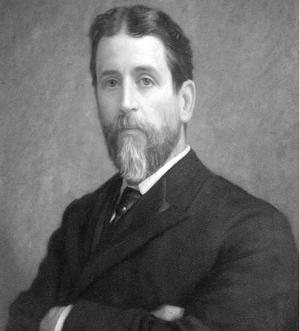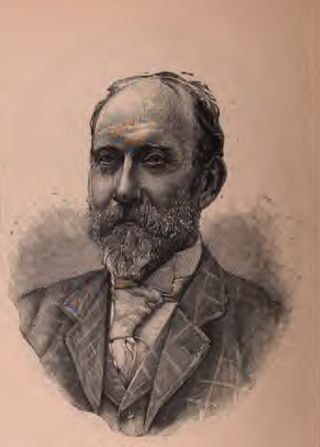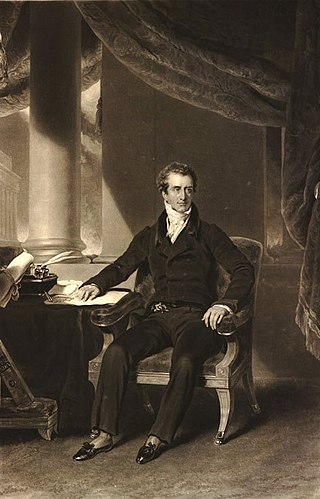Related Research Articles

William Digby was a British author, journalist and humanitarian.

Thomas Belasyse, 1st Earl Fauconberg PC was an English peer. He supported the Parliamentary cause in the English Civil War, becoming close to Oliver Cromwell and marrying Cromwell's third daughter, Mary. After the Restoration of the monarchy he became a member of the Privy Council to Charles II and was elevated to an earldom by William III.

Sir William Wedderburn, 4th Baronet, JP DL was a British civil servant and politician who was a Liberal Party member of Parliament (MP). Wedderburn was one of the founding members of the Indian National Congress. He was also the president of Congress in 1889 and 1910, for the Allahabad session.

John Adam was a British administrator in India, serving as the acting Governor-General of the British East India Company in 1823.
Captain Richard Keigwin was a rebel governor of Bombay in 1683-84 during the East India Company's charter over Bombay. He was never recognized in this position by the Company. He acted as governor of Bombay with the support of the militia, whose salaries had been cut by the Governor, Joshua Child. He was also supported by the population at large who welcomed the withdrawal of trade monopolies during this period.
Sir James Braithwaite Peile was a British administrator during the British Raj, who served as the acting Governor of Bombay in March 1885.
Lieutenant-General Sir John Grey was an officer of British Army and the East India Company forces, and was the Commander-in-chief of the Bombay Army from 30 December 1850 to 22 November 1852.

Gilbert Ironside the elder (1588–1671) was Bishop of Bristol.
John Bond LL.D. (1612–1676) was an English jurist, Puritan clergyman, member of the Westminster Assembly, and Master of Trinity Hall, Cambridge.
Lieutenant general Sir Charles Edward Nairne was a British military officer who served in British India.
Sir Alexander Anstruther was a Scottish judge in India during the East India Company administration of the Madras and Bombay Presidencies.

General John Briggs (1785–1875) was a British officer in the army of the East India Company, and an author.
John Hutchins (1698–1773) was a Church of England clergyman and English topographer, who is best known as a county historian of Dorset.
Henry St George Tucker (1771–1851) was an English financier and official of the East India Company. He was Accountant General in 1801 and again in 1805, and was Chairman of the Company in 1834 and 1847.

John Scott-Waring (1747–1819) was an English political agent of Warren Hastings, publicist and Member of Parliament.
Sir George Hutchins was an English lawyer and politician, a Member of Parliament and king's serjeant.
Sir James Macnabb Campbell, KCIE (1846–1903) was a Scottish administrator in India and ethnologist. During the 1890s he was a leading figure in the intellectual life of British Bombay.

James Burnes was a Scottish doctor and surgeon in India, who became physician-general of Bombay.
References
- Great Britain India Office (1819). The India List and India Office List. Vol. I. Harrison. p. 127 . Retrieved 8 January 2009.
- ↑ Stephen, Leslie, ed. (1885). . Dictionary of National Biography . Vol. 4. London: Smith, Elder & Co.
- ↑ . Dictionary of National Biography . London: Smith, Elder & Co. 1885–1900.